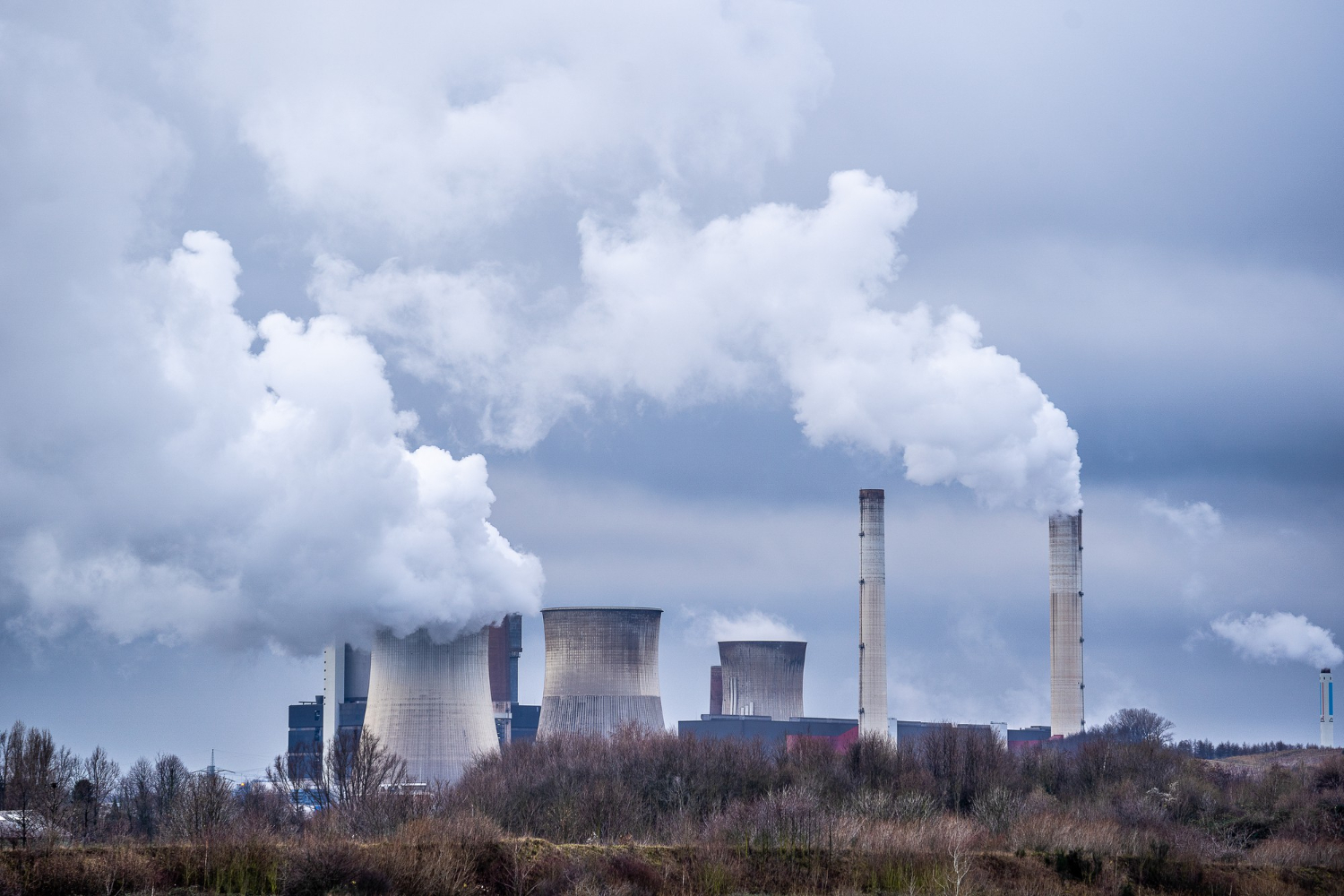How energy efficiency helps improve safety and keep costs down in affordable housing

For people who live in, own or manage affordable housing, energy efficiency can offer significant benefits beyond energy savings. Research from U.S. Department of Energy (DOE) shows that owners of affordable housing properties struggle to sustain truly affordable rental housing for low-income families because they are often faced with high energy bills and maintenance costs. This disparity impacts residents too. According to DOE’s Low-Income Energy Affordability Data (LEAD) Tool, the average percentage of income spent on energy costs for low-income households is three times higher than for non-low-income households.
Here are some of the many ways investing in upgrades that lower energy use pays off for affordable housing owners, residents and communities:
Preserves property value and lowers maintenance costs
Upgrading existing properties with energy efficient equipment can generate utility bill savings that property owners and managers can use to reinvest in the property through maintenance, resident services or other needs. By replacing aging equipment, owners can reduce expensive repairs, rely on regular maintenance and extend the lifespan of building systems.
New, more energy efficient equipment leads to fewer unexpected repairs and provides owners with more peace of mind. Cash incentives from programs like Multifamily Energy Savings help fund or stretch capital improvement resources for upgrades that may have not been financially feasible otherwise.
Stabilizes rental payments for owners and residents
Energy-efficiency upgrades can reduce the overall energy consumption of affordable housing properties and lower their energy costs. Residents can take comfort in knowing energy-efficient upgrades will help keep monthly utility costs at a minimum. Owners can take comfort knowing that lower energy bills will help residents better manage their monthly expenses, including their rental payment. The ability to plan provides stability to families which assists in reducing tenant turnover.
Improves resident comfort and health
Affordable housing properties that invest in energy efficiency can provide a safer, healthier and more comfortable living environment for residents. According to a U.S. Department of Energy report on low-income household energy burden, upgrades such as insulation, improved ventilation systems and efficient heating and cooling systems can lead to improved indoor air quality, reducing the risk of respiratory illnesses and promoting overall well-being. See all available upgrades.
Additionally, weatherization upgrades to buildings can help mitigate the impact of extreme temperatures, providing residents with a more comfortable living space regardless of the outdoor weather conditions. This can be particularly beneficial for vulnerable populations, such as seniors or those with respiratory conditions, who may be more susceptible to the effects of extreme temperatures.
Health benefits of energy efficiency in affordable housing:
Reduces greenhouse gas emissions
Energy-efficient properties are crucial for reducing greenhouse gas emissions (GHGs), especially when 25% of California GHG emissions are generated by residential and commercial buildings. By implementing energy improvements like higher efficiency insulation, heating and cooling systems, or renewable energy systems multifamily properties can significantly decrease the consumption of fossil fuel-based energy and reduce GHG emissions and air pollutants.

Creates jobs and fosters community resilience and sustainability
Investing in energy efficiency can stimulate the local economy and encourage the development of skilled service markets and workforce. Installing these systems and newer technologies requires skilled labor, creating employment opportunities for local workers and increasing product demand for local distributors. This not only benefits the individuals who are hired for these jobs but also stimulates the local economy by bringing these dollars into the regions where properties are located.
Upgrades that save energy can contribute to a more resilient and overall sustainable community. Since these projects help reduce energy consumption, they lower the strain on the energy grid helping reduce instances of blackouts during heatwaves. Weatherizing multifamily properties can also protect buildings from deterioration caused by outdoor elements, such as precipitation, extreme heat and extreme cold, keeping these communities safe, comfortable and livable in a way that is cost-effective for owners. This can inspire other building owners to invest in the resiliency of their properties which contributes to the overall sustainability of the larger community.

The Multifamily Energy Savings program helps meet the needs of affordable housing properties by providing no-cost and reduced-cost energy efficiency upgrades to eligible affordable multifamily properties and residents in California, in addition to no-cost technical assistance. Visit our resources page for more information on qualifying equipment that lowers energy costs and consumption. Ready to talk about energy efficiency upgrades? Submit an interest form today.
Word Count: 773
Sources:
- https://www.energy.gov/scep/slsc/articles/low-income-household-energy-burden-resource-summary
- https://www.energy.ca.gov/sites/default/files/2021-08/AB3232_Building_Decarbonization_Assessment_Factsheet_ADA.pdf
- https://www.aceee.org/files/pdf/fact-sheet/ee-economic-opportunity.pdf
- https://www.energy.gov/policy/articles/how-energy-efficiency-and-clean-energy-investments-are-building-climate-resilient
Author: Maren McCabe



